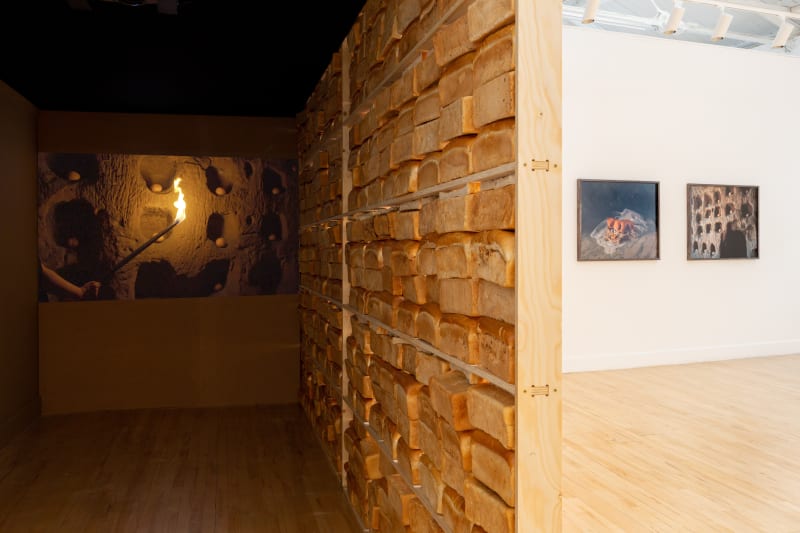- Tumblr
NW What classical work influences you? In Ictu Oculi in particular reminds me of Ray Harryhausen’s harpies from the 1963 film Jason and the Argonauts.
GA Most of my influences are from art history: the classics of course, and then medieval, baroque, the Decadent movement and surrealism, currents of thoughts that tend to use metaphor. But when you play with metaphors, you’ve got to make sure that we share the same language. A lot of the metaphors I use are based on ways that the same object or item has been used throughout history. In the case of In Ictu Oculi the vulture in the popular imagination is a symbol of death and war while the table is very much based on depictions of the Last Supper, which has shaped western societies completely, as an iconic moment in which a betrayal is taking place. These references to the Eucharistic moment keep appearing in my work because we’ve got this extreme act, a person who is offering his own body and blood to be eaten. At least from the Catholic point of view, it’s not a metaphor. Bread and wine are the very basics of feeding and living in Mediterranean or Southern European cultures and have always interacted with the history of religion. One of my latest projects, Fornacalia, takes its name from the Roman festival held in honour of Fornax, the goddess of the bread oven, and maps the changing role of the baker from a predominantly female position to the male-run mass production that was introduced alongside industrialisation. Historically the act of bread making has been viewed as a daily miracle and in much of the world its making was accompanied by prayer. This work addresses the viewer as a contemporary consumer, acknowledging the loss of the miraculous that has taken place through mass production. Food and religion have always been interlinked; I am interested in drawing attention to that.


